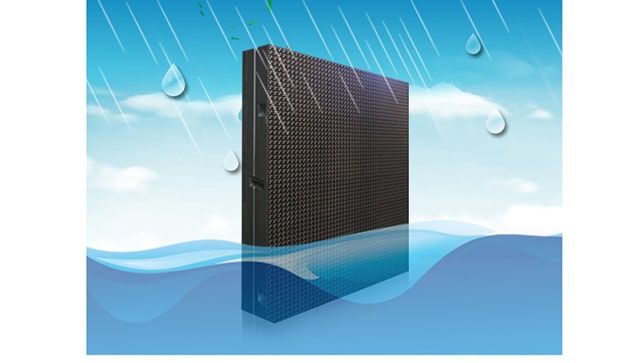1. failure rate: because the full-color display screen is composed of tens of thousands or hundreds of thousands of red, green and blue led screen pixels, the failure of any color led walls will affect the overall visual effect of the display screen. generally speaking, according to industry experience, the failure rate should not be higher than three-thousandths of ten thousand before the led display starts to be assembled and aged 72 hours before shipment (referring to the failure caused by the led device itself).
2. anti-static ability
led is a semiconductor device, which is sensitive to static electricity and easily leads to static failure. therefore, the anti-static ability is very important to the life of the display screen. generally speaking, the failure voltage of human electrostatic mode test of led should not be less than 2000v.
3. attenuation characteristics
red, green and blue led have the characteristics of brightness attenuation with the increase of working time. the decay rate of led is determined by the quality of led chip, the quality of auxiliary materials and the level of packaging technology. generally speaking, the attenuation of red led should be less than 10% and that of blue and green led should be less than 15% after 1000 hours and 20 ma ambient temperature lighting test. the consistency of red, green and blue attenuation has a great influence on the future white balance of full-color led display, and then affects the display fidelity.
4. brightness
led display brightness is an important determinant of display brightness. the higher the brightness of the led, the greater the current allowance, which is good for saving power and maintaining the stability of the led. led has different angle values. when the brightness of the chip is fixed, the smaller the angle, the brighter the led, but the smaller the angle of the display screen. usually, 100 degree led should be selected to ensure adequate viewing angle of the display screen. a balance should be found in brightness, angle and price for different point spacing and different visual distance display screens.
5. consistency
full-color display screen is composed of countless red, green and blue led pixels. the consistency of brightness and wavelength of each color led determines the consistency of brightness, white balance and chrome of the whole display screen. generally speaking, display manufacturers require device suppliers to provide led with a wavelength range of 5 nm and a brightness range of 1:1.3, which can be graded by device suppliers through spectrometer. voltage consistency is generally not required.
because the led has angle, the full-color led display also has angle orientation, that is, when viewed from different angles, its brightness will increase or decrease. in this way, the angle consistency of red, green and blue led will seriously affect the consistency of the white balance of different angles, and directly affect the fidelity of the video color of the display screen. to achieve the matching consistency of brightness changes of red, green and blue leds at different angles, strict scientific design is needed in packaging lens design and raw material selection, which depends on the technical level of packaging suppliers. if the angle consistency of the led is not good, the white balance effect of different angles of the whole screen will be bad. the angle consistency characteristics of led devices can be measured by an integrated angle tester, which is particularly important for medium and high-end display screens.